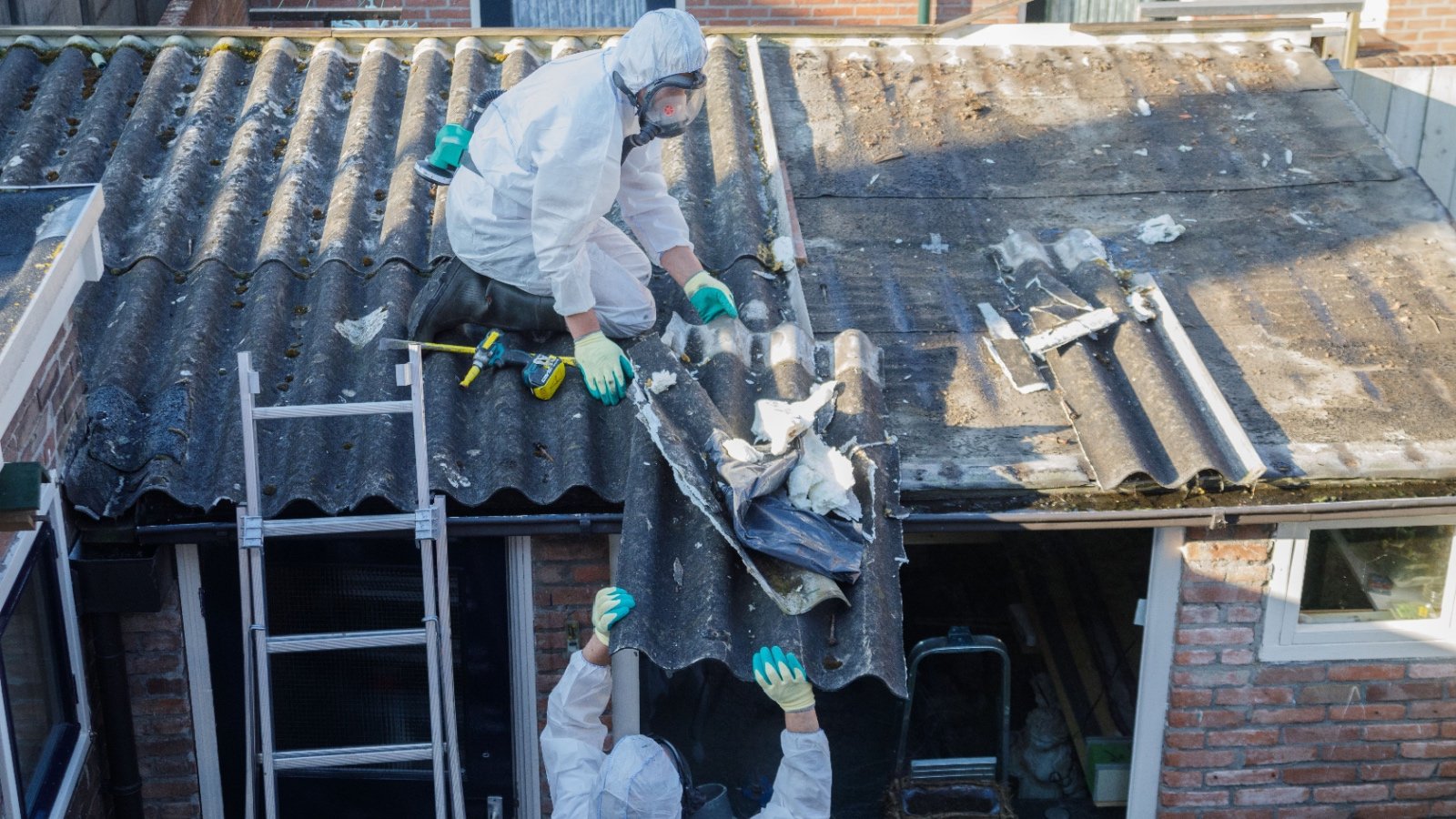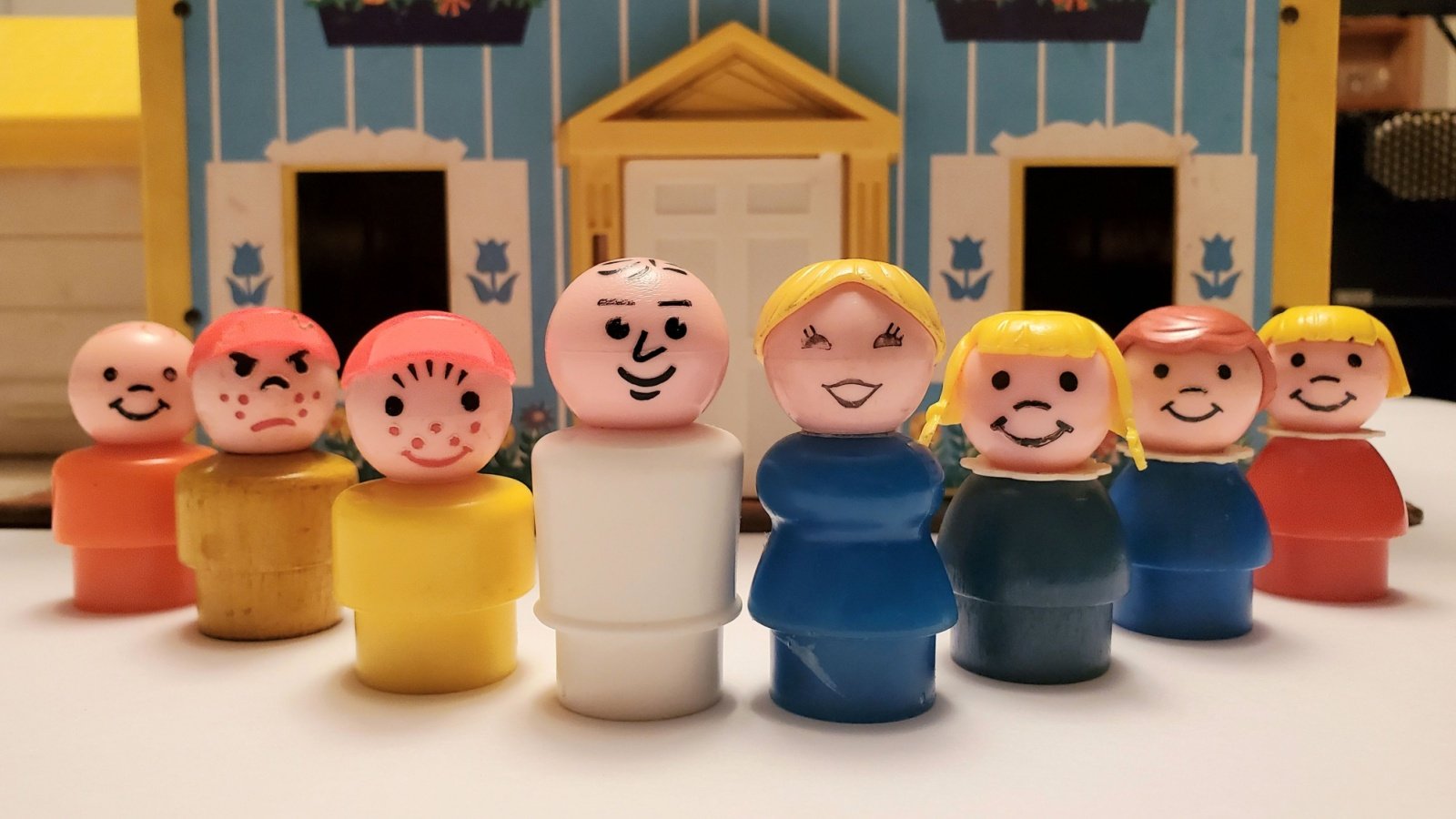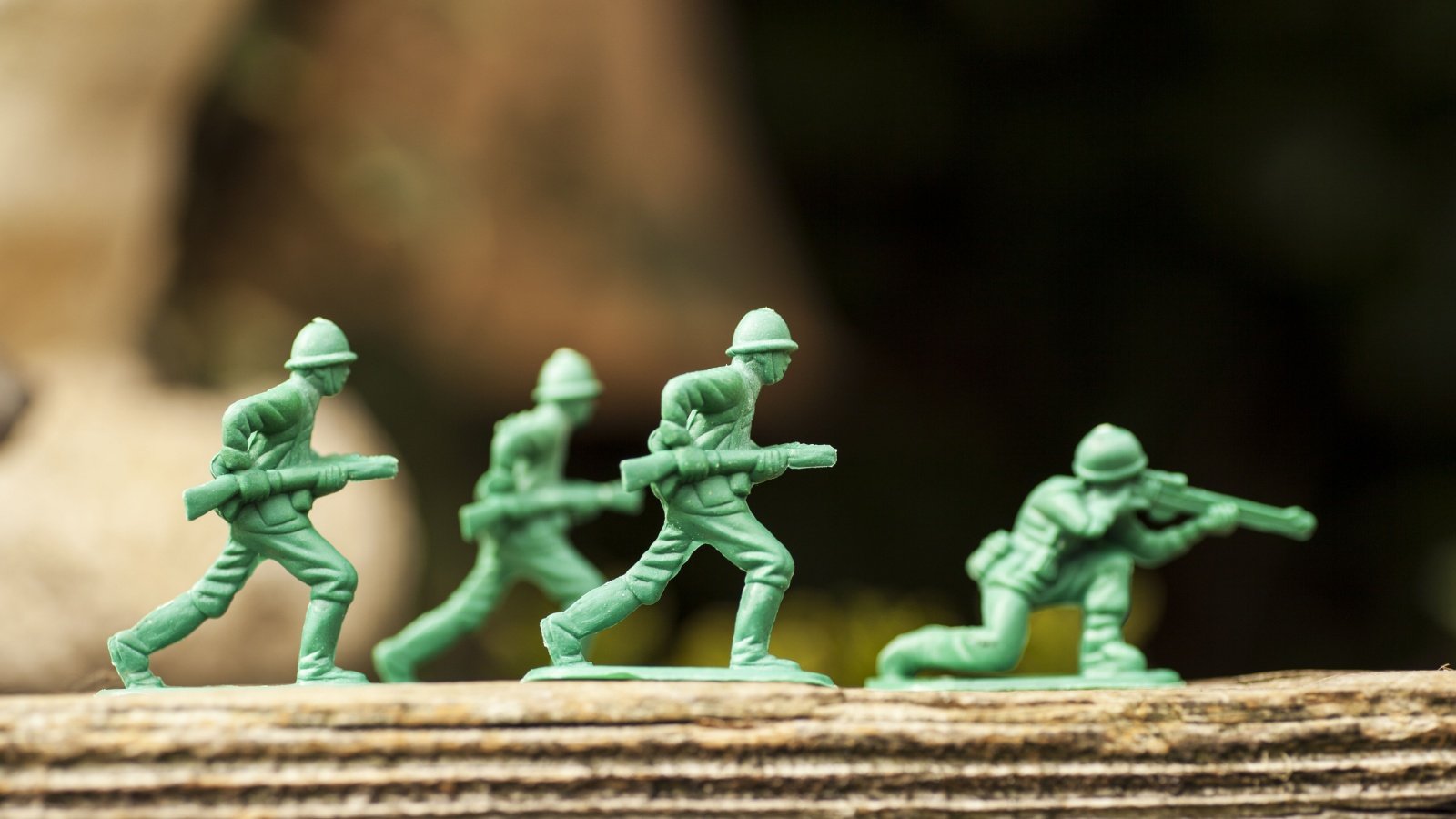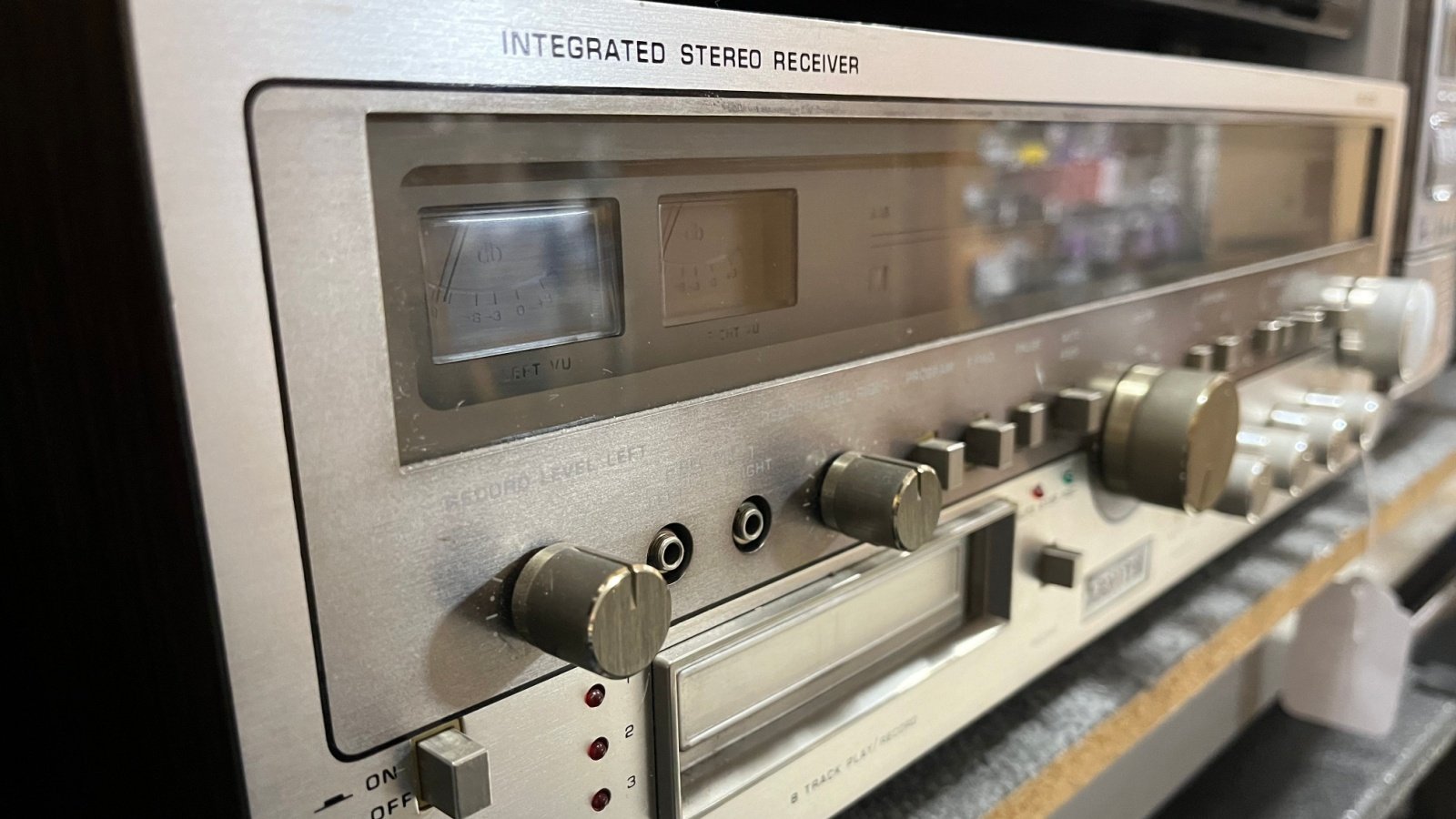The 1970s, a decade known for its vibrant culture and technological innovations, also had its share of hazards, many of which were embedded in daily items and practices.
From asbestos insulation to the simple joy of a sunlamp tan, numerous products and activities were eventually banned due to safety concerns.
This list revisits the most common items that were once staples of everyday life but are now prohibited, reflecting a shift towards greater consumer protection and health awareness.
These changes not only highlight advances in safety regulations but also remind us of the evolving understanding of what it means to live safely.
Lawn Darts

Lawn darts, or Jarts, were once popular garden games, featuring sharp metal tips that could be thrown at targets. However, due to numerous injuries and fatalities, they were banned in the United States in 1988. This drastic measure reflects the game’s transformation from a family-fun activity to a recognized public hazard.
Asbestos in Construction

Asbestos was widely used in building materials during the 70s for its fire-resistant properties. Later discoveries linked asbestos exposure to serious illnesses, including mesothelioma and lung cancer, leading to its ban in construction uses starting in the late 70s and continuing through the 80s. Today, asbestos removal is a heavily regulated process due to its health risks.
Lead-Based Paint

Lead-based paint was common in homes and on children’s toys during the 70s, prized for its durability and vivid colors. By 1978, the U.S. banned its sale for residential use due to lead poisoning risks, particularly affecting children with its neurotoxic effects. Properties built before this year often require lead paint abatement to ensure safety.
Freon in Refrigerators

Freon, a chlorofluorocarbon (CFC), was the refrigerant of choice in the 70s for air conditioners and refrigerators. It was later banned when scientists discovered that CFCs deplete the ozone layer, contributing significantly to global warming. Replacements for Freon are less harmful to the environment but still reflect a shift in how refrigerants are viewed regarding environmental impact.
Supersonic Jets

The Concorde, introduced in the 70s, symbolized the pinnacle of luxury air travel with speeds twice that of sound. However, concerns over noise pollution, environmental impact, and high operational costs led to its retirement by 2003. Although technological marvels, supersonic jets have largely been abandoned in commercial aviation.
Padded Dashboards

Padded dashboards were designed in the 70s to improve car safety during collisions. Ironically, the materials used for padding were sometimes flammable, leading to greater safety risks, including toxic smoke in car fires. Advances in materials science have since led to safer, non-flammable alternatives in vehicle interiors.
Unleaded Gasoline

Lead was a common additive in gasoline throughout the 70s, used to boost octane levels and prevent engine knocking. The Environmental Protection Agency (EPA) began phasing out leaded gasoline in 1973 due to health dangers from lead exposure, and it completed the ban in 1996. Today, unleaded gasoline is standard, reflecting heightened environmental and health standards.
Mercury Thermometers

Mercury thermometers were once standard in medical and home use, known for their accuracy. Due to mercury’s toxicity and the hazard it poses when thermometers break, these devices have been largely phased out in favor of digital alternatives. The shift underscores a broader move away from mercury in all consumer products.
Certain Pesticides

DDT, a pesticide common in the 70s, was banned due to its detrimental environmental effects, notably its role in the declining bird population and potential human health risks. This shift marks a critical turn in agricultural practices, moving towards more sustainable and less harmful pest control methods. Today’s pesticides are subject to rigorous testing and regulations.
Flammable Children’s Sleepwear

In the early 70s, children’s sleepwear was often made from flammable materials until the U.S. government mandated stricter flammability standards. Tragic incidents of children being injured by fire led to regulations requiring sleepwear to be flame-resistant. This change has significantly reduced injuries and deaths from fire-related accidents among children.
Drop-Side Cribs

Drop-side cribs were popular for their convenience but were eventually banned when they were linked to infant fatalities and injuries due to malfunctions. The ban, effective from 2011, underscores the shift towards stricter safety standards in children’s products. Safety designs have since improved to ensure that cribs are more secure and less prone to mechanical failure.
Non-Child Proof Lighters

Before safety regulations took hold, lighters were easily operable by children, leading to accidents and fires. In response to growing safety concerns, child-resistant lighters became mandatory, significantly reducing the risk of accidental fires started by children. This move reflects broader legislative efforts to childproof home environments.
Cyclamates

Cyclamates, once popular artificial sweeteners in the 70s, were banned due to concerns over their potential carcinogenic properties. Subsequent research has often contested these claims, but the initial ban reflects the era’s growing awareness and caution over food additives. The controversy still influences how food additives are perceived and regulated today.
Phthalates in Toys

Phthalates were commonly used in plastics to increase flexibility, including in children’s toys. By the late 70s and early 80s, studies revealed that these chemicals could disrupt hormonal systems, leading to bans and restrictions on children’s products. The concern over phthalates has led to stricter control over chemicals used in consumer products, especially those for children.
Public Smoking

Smoking in public places was commonplace and socially accepted during the 70s. Over the decades, research linking secondhand smoke to health risks resulted in a wave of legislation banning smoking in public spaces. This change reflects a significant shift in public health policy and societal attitudes towards smoking.
Electric Blankets with Non-Adjustable Heat Settings

Older electric blankets did not have adjustable settings, leading to risks of burns and fires. Safety advancements now require all electric blankets to have adjustable heat settings and automatic shut-offs. This development enhances user safety by preventing overheating and potential fire hazards.
Certain Artificial Food Dyes

Some artificial food dyes common in the 70s were later found to cause cancer in laboratory animals, leading to their ban. This prompted a reevaluation of food coloring additives and has influenced current trends toward natural food coloring alternatives. The ongoing debate about artificial dyes continues to affect food industry practices and consumer choices.
High-Sugar Cereals

In the 70s, high-sugar cereals were a breakfast staple without much controversy. Rising concerns about childhood obesity and diabetes have since led to reformulations of many products to reduce sugar content. Although not banned, the push for healthier breakfast options continues to shape the cereal market.
Trans Fats

Trans fats were once a common ingredient in processed foods, known for their ability to improve taste and extend shelf life. Due to links to heart disease and other health issues, the FDA began phasing them out in 2015, culminating in a near-total ban. This transition marks a significant health-driven reform in food manufacturing.
Sunlamps and Tanning Beds

In the 70s, sunlamps and tanning beds were popular for achieving a year-round tan. Increased awareness of the risks of skin cancer and premature aging associated with UV exposure has led to strict regulations and warnings. The popularity of these devices has waned significantly as health risks have become more apparent.
8-Track Tapes

8-track tapes, a popular audio format in the 70s, have not been banned but have become obsolete as technology advances. Safety wasn’t the issue, but their disappearance marks a shift in media consumption habits and technological evolution. Today, digital formats dominate, offering superior sound quality and convenience.








